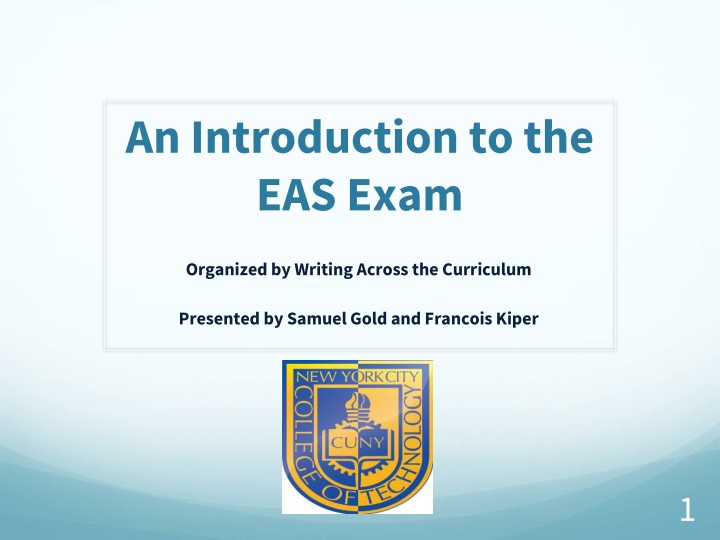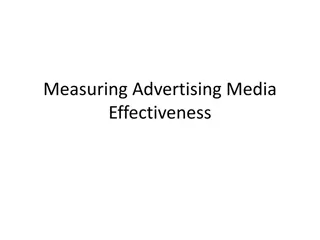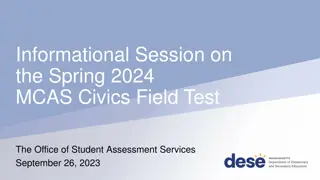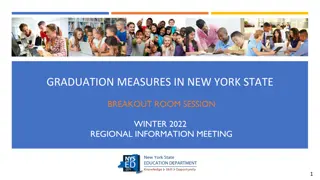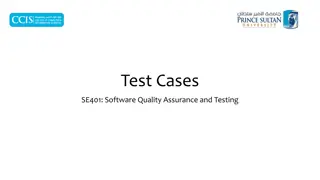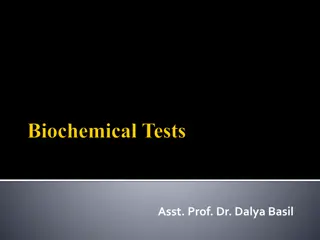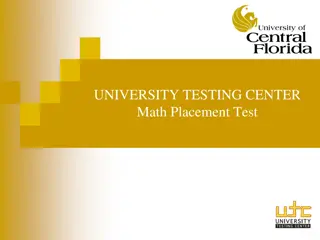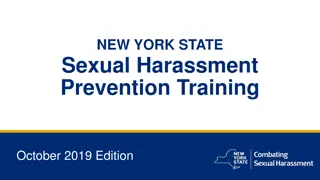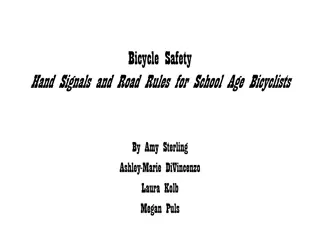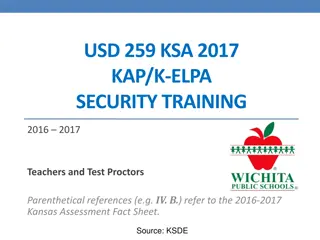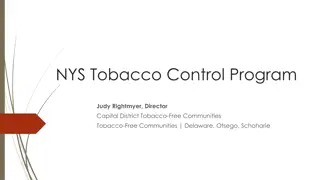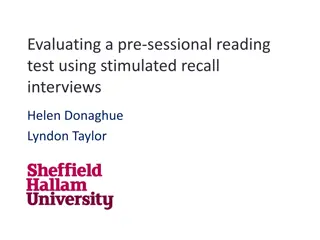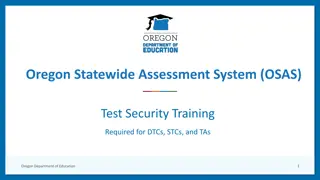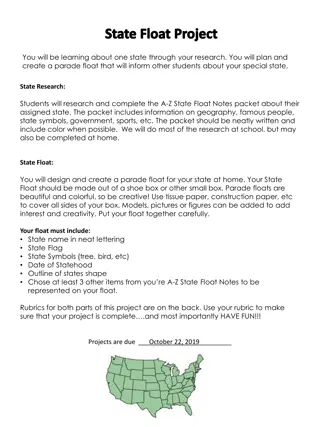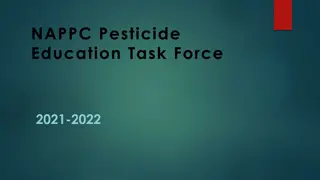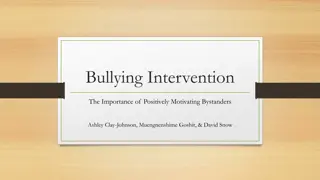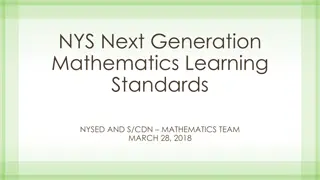Overview of Educating All Students (EAS) Test in New York State
The Educating All Students (EAS) Test is a vital assessment for educators in New York State, focusing on professional and pedagogical skills necessary to teach all students. The test is computer-based, self-paced, and covers various competencies such as diverse student populations, English language learners, and teacher responsibilities. The exam includes selected-response and constructed-response questions, with specific sections testing different subject areas. Candidates can take the EAS exam year-round by scheduling an appointment via the New York State Teacher Certification website.
Download Presentation

Please find below an Image/Link to download the presentation.
The content on the website is provided AS IS for your information and personal use only. It may not be sold, licensed, or shared on other websites without obtaining consent from the author.If you encounter any issues during the download, it is possible that the publisher has removed the file from their server.
You are allowed to download the files provided on this website for personal or commercial use, subject to the condition that they are used lawfully. All files are the property of their respective owners.
The content on the website is provided AS IS for your information and personal use only. It may not be sold, licensed, or shared on other websites without obtaining consent from the author.
E N D
Presentation Transcript
An Introduction to the EAS Exam Organized by Writing Across the Curriculum Presented by Samuel Gold and Francois Kiper 1
What is the EAS? The Educating All Students (EAS) Test measures theprofessional and pedagogical knowledge and skills necessary toteach all studentsin New YorkState public schools.
Taking the EAS EAS is a computer-based test lasting 2 hours and 15 minutes The EAS is self-paced, meaning that you have to manage your own time You may take the test year-round by scheduling an appointment through the New York State Teacher Certification website Take a practice exam first!Contact your program director for more information
What to Expect The EAS exam consists of 40 selected-response (multiple choice) and 3 constructed-response (short answer) questions The test is divided into five sections, each of which tests a different competency (subject area) Each section requires you to answer questions based on a set of threeexhibits (documents)
What is an exhibit? Each section begins with a set of three exhibits that you will use to answer the questions Exhibits are documents about a specific classroom environment or set of student needs Examples include lesson plans, journal entries, assessment data, or classroom descriptions Each set includes two written exhibits and one visual exhibit (a table or chart)
What does the exam cover? Each section asks you questions about a specific competency (subject area): 1. Diverse Student Populations 2. English Language Learners 3. Students with Disabilities and Other Special Learning Needs 4. Teacher Responsibilities 5. School-Home Relationships
Exam Breakdown Selected-response (multiple choice) questions make up 70%of the test score Constructed-response (short answer) questions make up 30%of the test score
How to spend your time You have a total of 2 hours and 15 minutes to take the exam, and you may set your own pace The test writers recommend that you spend 10 minutes on each constructed-response (short answer) question and about 2.5 minutes on each selected- response (multiple choice) question However, remember that it also takes time to read through the exhibits and questions!
Selected-Response Questions Each selected-response question has four possible answers; read each answer choice and select the one best answer Answer all questions; if you don't know, guess! Tip: for each section, read the questionsand answer choices before the exhibits! (This way, you will know what key words and phrases to look for as you read.)
Constructed-Response Questions Each of the three constructed-response questions asks you towritea 150-200 word response based on the exhibits. Thestructure of each question (and your response) will be thesame. You will: Identifya specific problem/issue Describeyour strategy for addressing that problem Explainwhy your strategy will work
Constructed-Response Questions (continued) You will answer a constructed-response question on each of the following competencies (subject areas): Diverse Student Populations English Language Learners Students with Disabilities and Other Special Learning Needs
How will my response be assessed? The exam graders will assess you on your ability to do the following: Identifya problem, describea strategy, and explainwhy your strategy would work Demonstrate an understanding of the information in theexhibits Provide evidence for your answers using the exhibits Write in clear, grammatical English
Strategies for Effective Reading Read the questions before the exhibitsso that you know what kind of evidence to look for As you read through the questions and exhibits, note keywords andimportant concepts Take notes as you read! (You will be given notepads if you wish.)
Strategies for Effective Writing Organize your thoughts before you start writing Use the prompt to structure your answer: identifyin your first paragraph, describein your second, explainin your final paragraph Get to your point quickly (no fluffy introductions) Support your answer with evidence from the exhibits Give yourself time to re-read what you have written for clarity and accuracy
Homework for the Workshop Answer question ten on the PDF attached to your email; only give yourself ten minutes to answer it Type your answer, print a copy, and bring it to the workshop
Further reading For more information about the EAS, and some free practice questions, visit the NYSTCE website CUNY's Five Things You Need to Do Before You Take the NYSTCE
